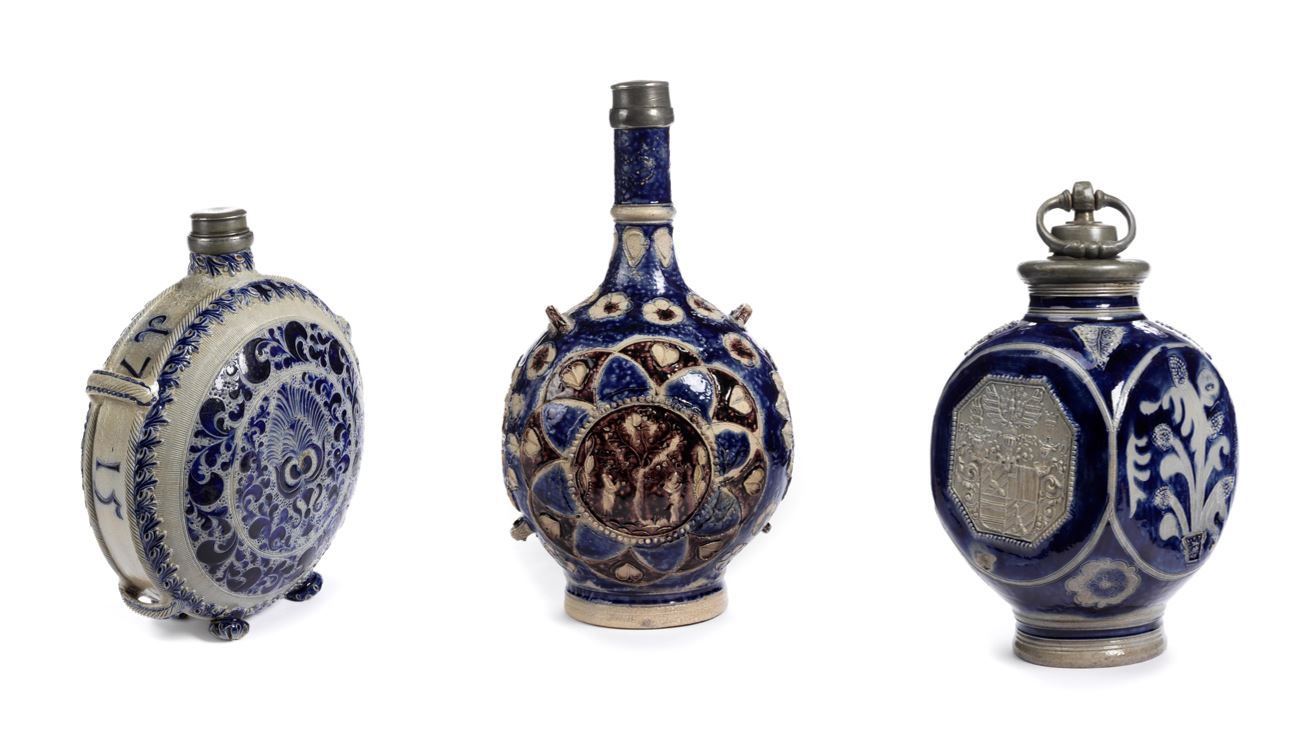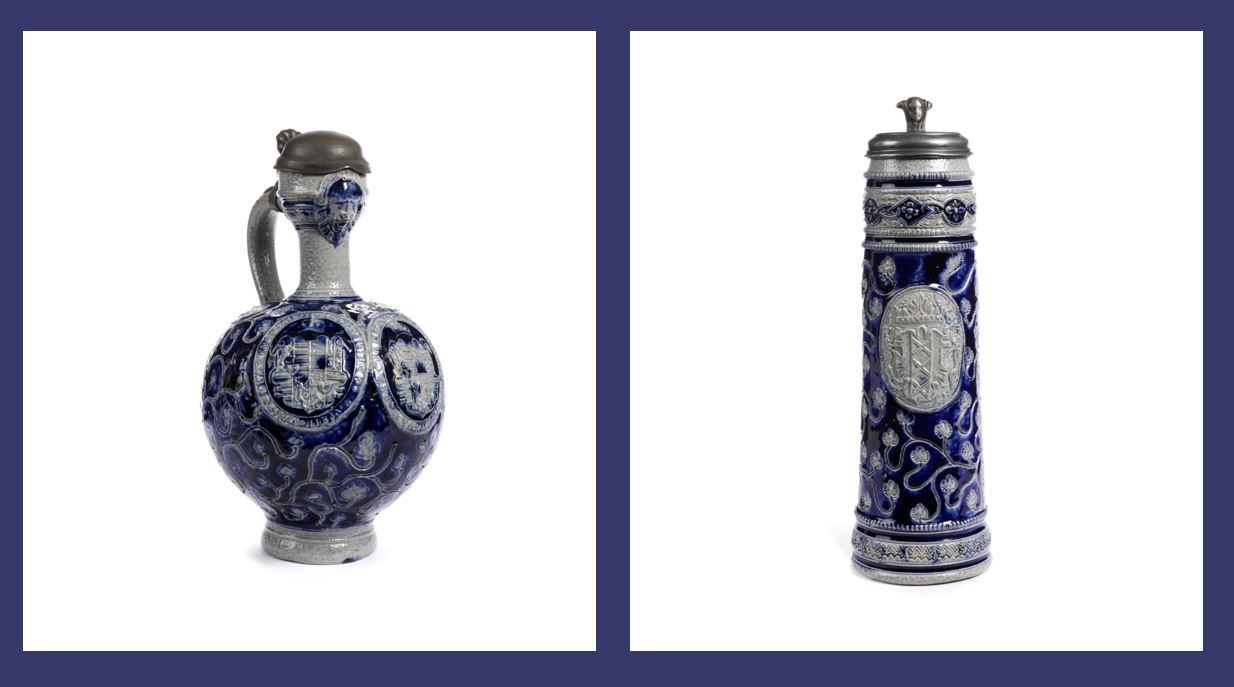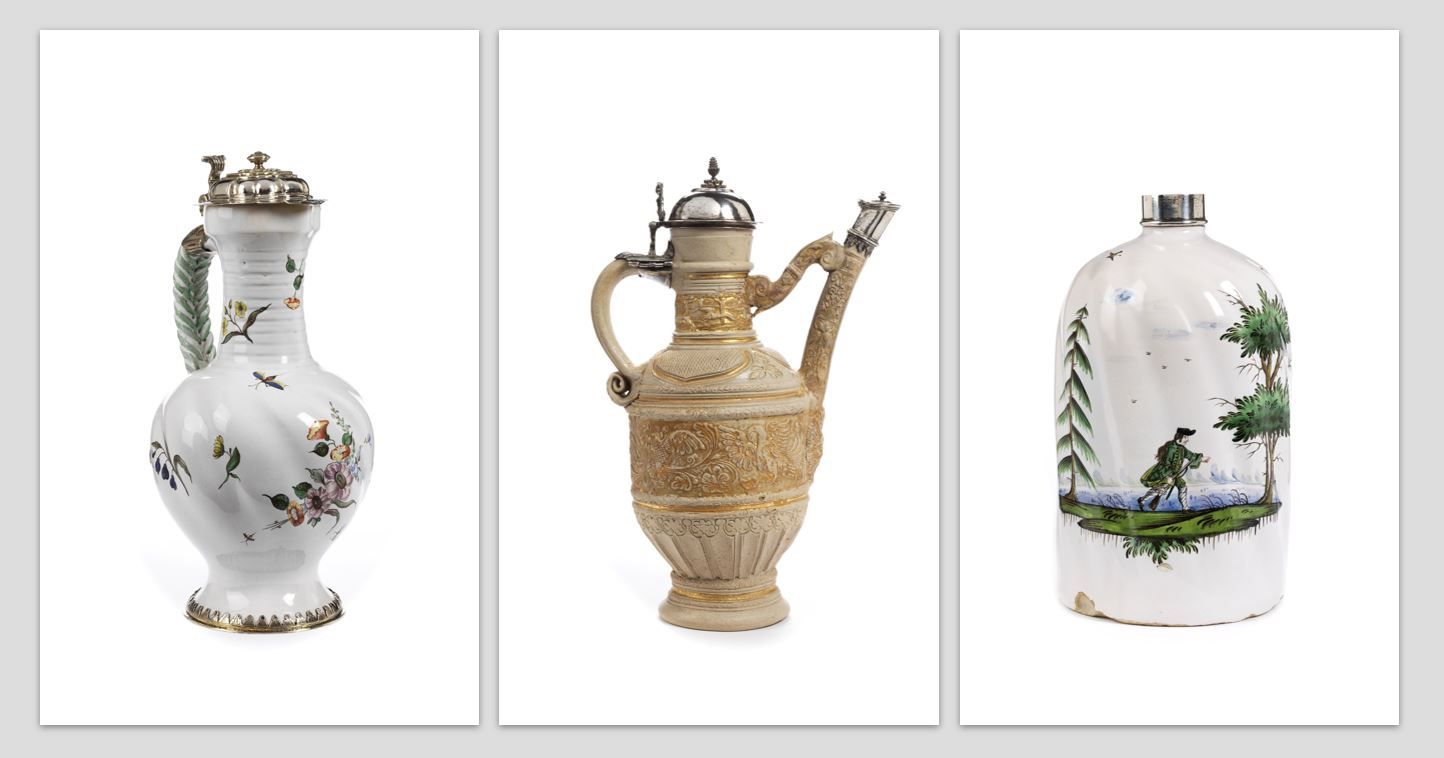Barock | Bayerisches Nationalmuseum
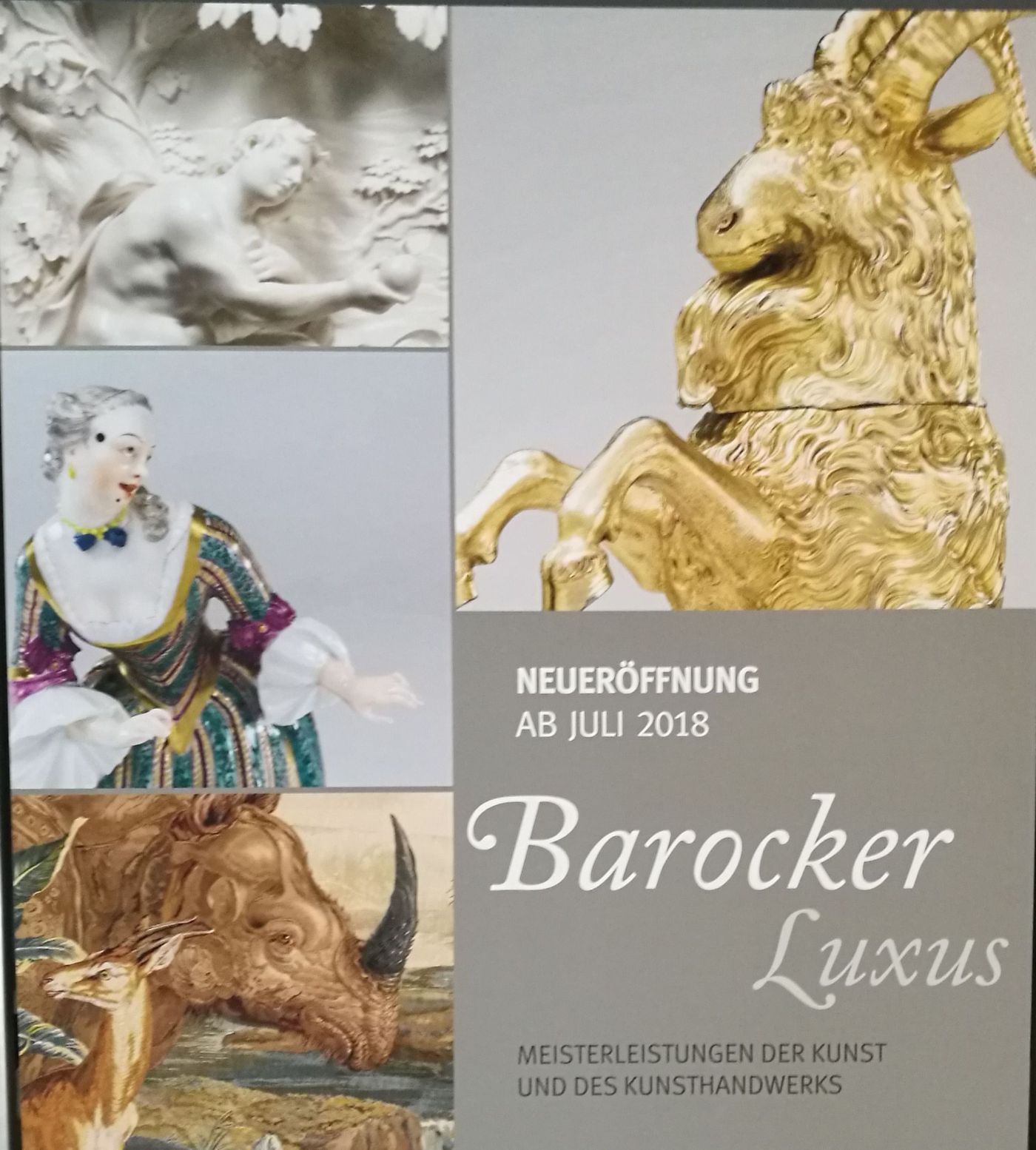
Barock und Rokoko
Neugestaltung der Dauerausstellung im Westflügel des Bayerischen Nationalmuseums
English Synopsis:
At the end of the 16th century the baroque spread from Italy outwards across all of Europe. Works of art from this period are characterised by a creative opulence which threatens to overwhelm the viewer. Life at the court of King Louis XIV of France became the model and measure of every absolutist prince in Europe. The Catholic Counter-Reformation and the religious strife of the period shaped sacred works, for example paintings and sculptures.
Under electors Maximilian I, Ferdinand Maria and Max II Emanuel, Munich was developed into a radiant capital city. The Bayerisches Nationalmuseum presents unique objects, found nowhere else but here, from all areas of production in the decorative and fine arts and once in the possession of the Wittelsbach family. Magnificent furniture, works in gold and silver, weapons, musical instruments, clocks, glass, miniatures, works in ivory and sculpture in bronze give a comprehensive picture of courtly displays of magnificence. read more …
Eine Sammlung von Weltrang: Das Bayerische Nationalmuseum zeigt auf 1300 qm rund 1600 Kostbarkeiten aus Barock und Rokoko in zwölf völlig neuen Sälen. Sie führen Prunk und Lebenslust der höfischen Welt vor Augen und präsentieren Meisterleistungen der Kunst und des Kunsthandwerks.
Besuchern öffnet sich das ganze Spektrum europäischer Festkultur: Frühes Meißener, Nymphenburger und Frankenthaler Porzellan ist mit herausragenden figürlichen Tafelaufsätzen und Geschirren vertreten. Spitzenstücke aus schwäbischen und fränkischen Manufakturen repräsentieren die hohe Qualität der Fayence in Süddeutschland. Den barocken Gaumenfreuden entspricht der glänzende Augenschmaus: Die vollständig mit silbernen Tafelaufsätzen und Geschirren aus Augsburg eingedeckte Festtafel vermittelt zusammen mit aufwendig geschnittenen Gläsern einen unmittelbaren Eindruck höfischer Pracht.
Nachfolgend ein visueller Eindruck der ausgestellten Fayencen
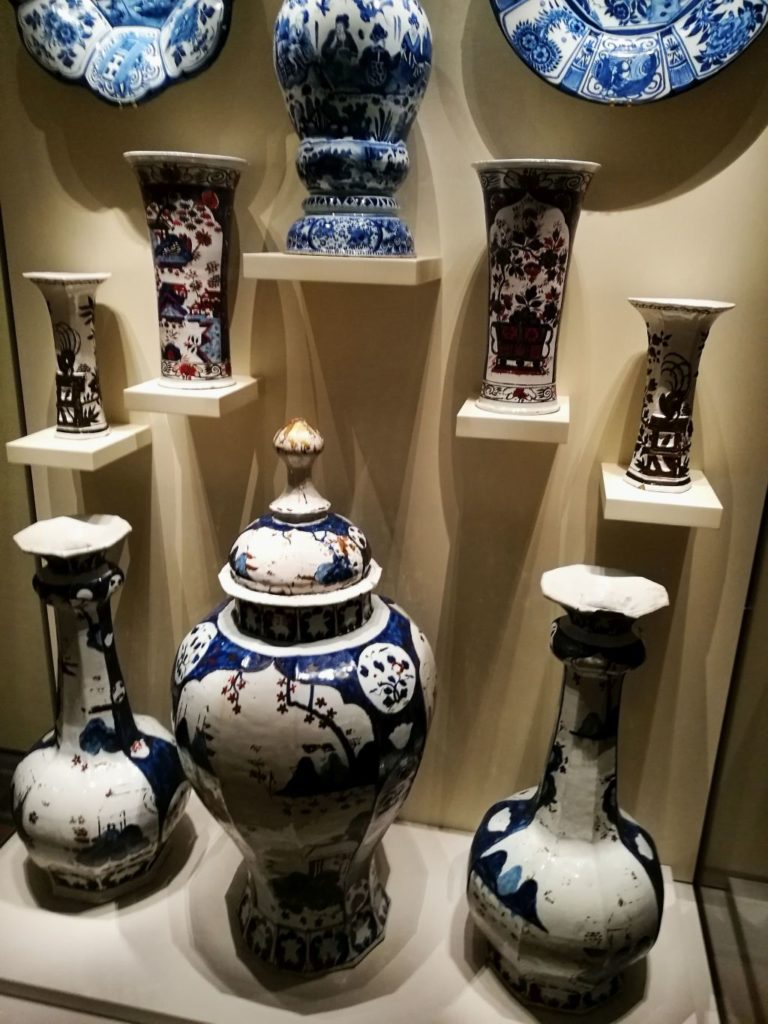
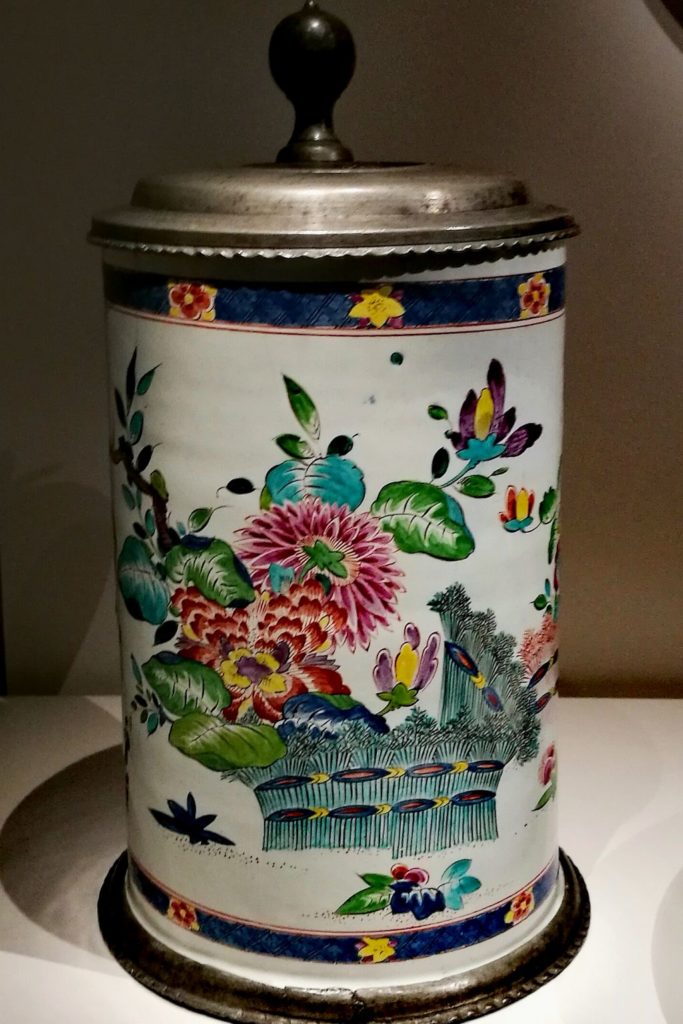
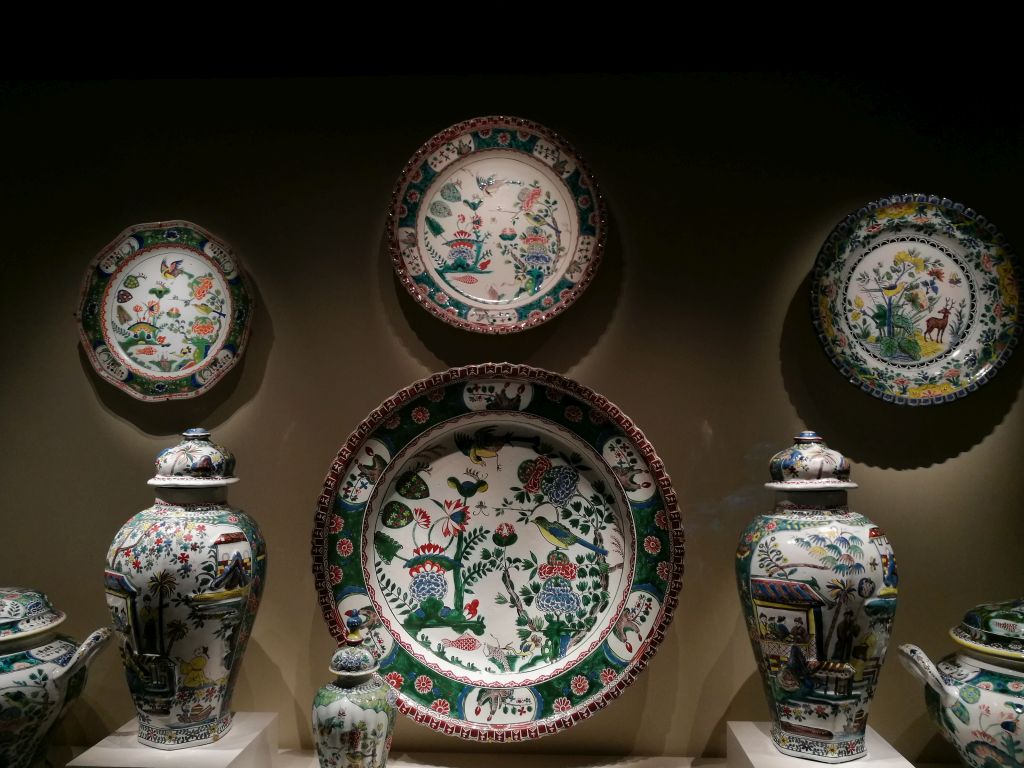
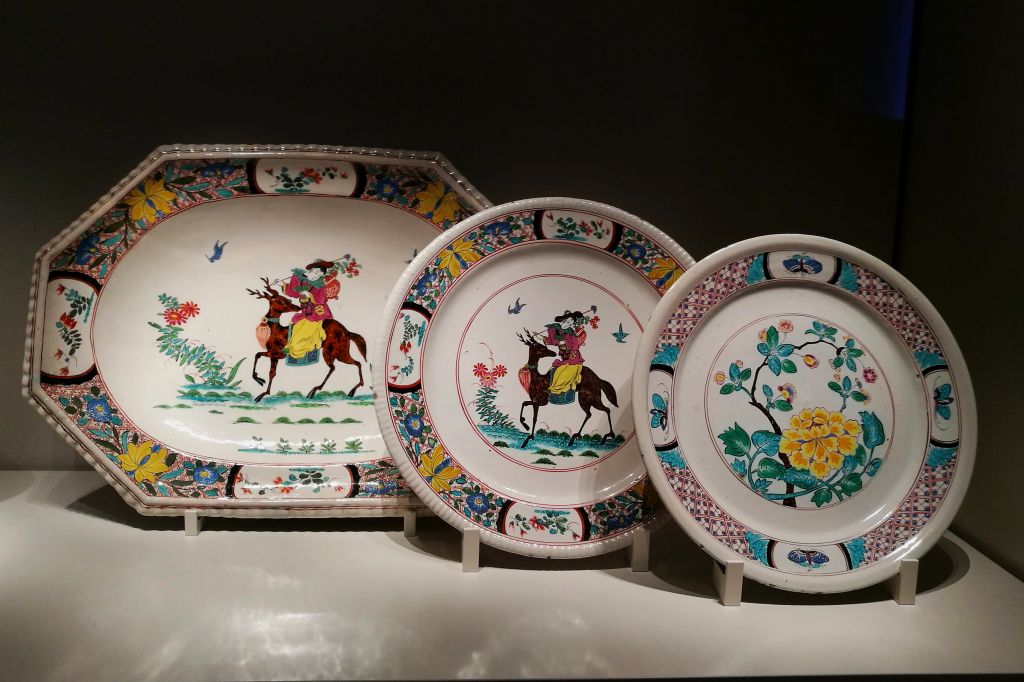
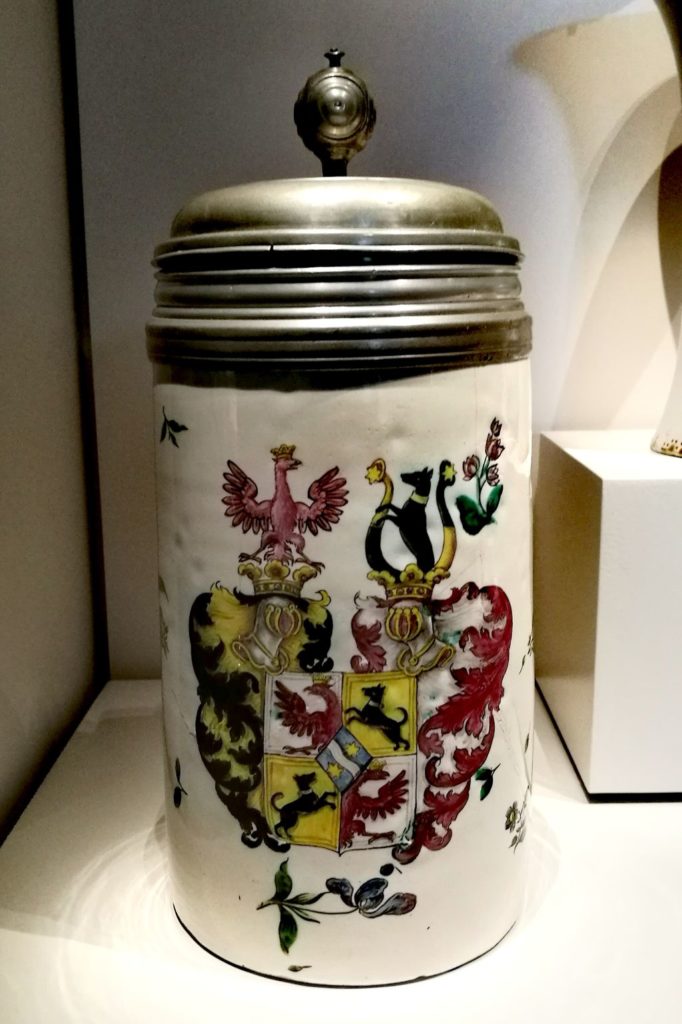
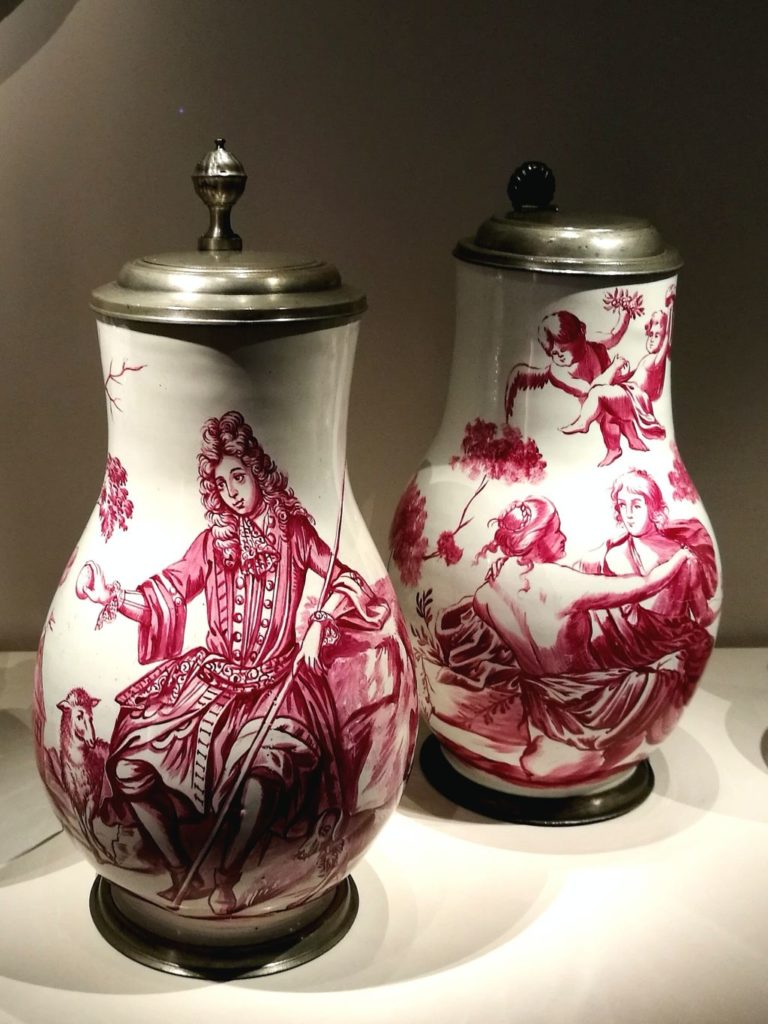
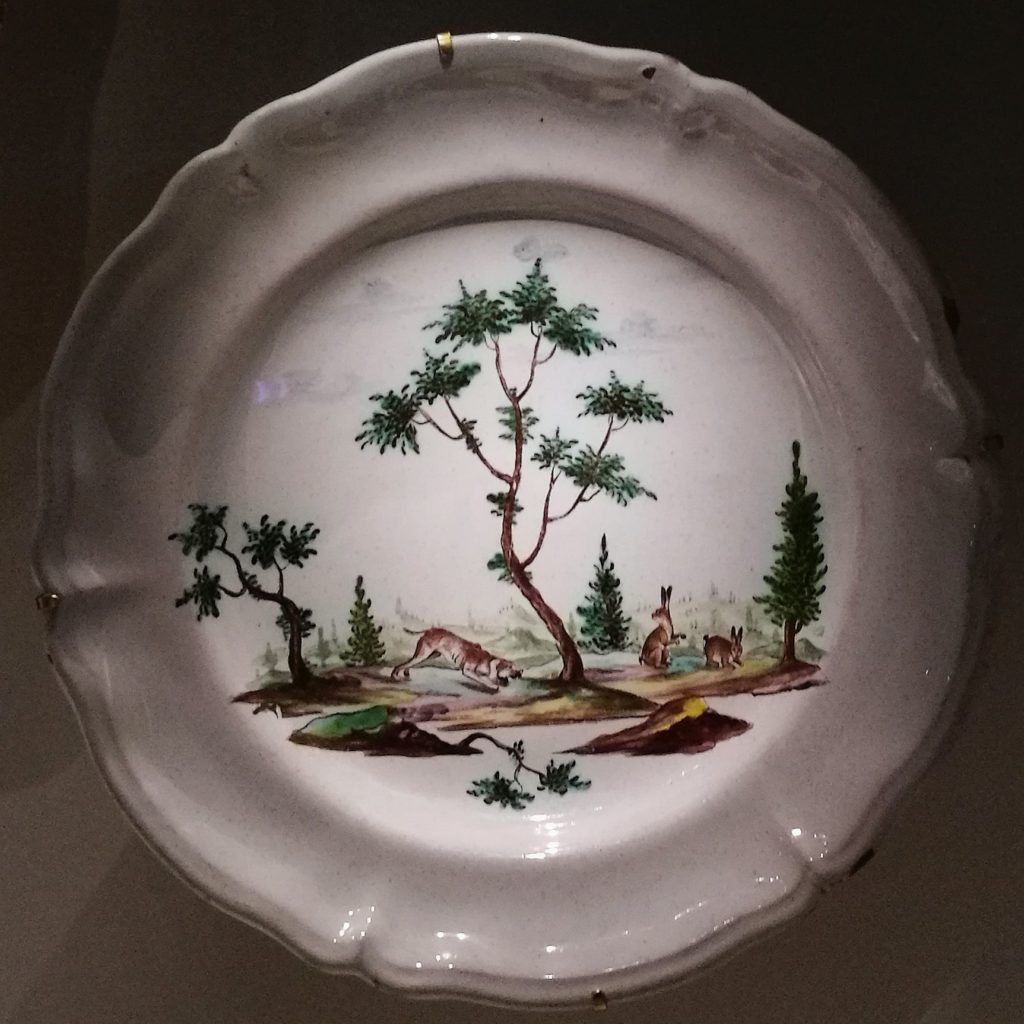
Ein Highlight aus der Sammlung höfischer Fayencen:
Tafelaufsatz mit Chinoiseriedekor
Georg Friedrich Grebner Fayencemanufaktur Nürnberg, 1718
Fayence mit blauer Scharffeuerbemalung
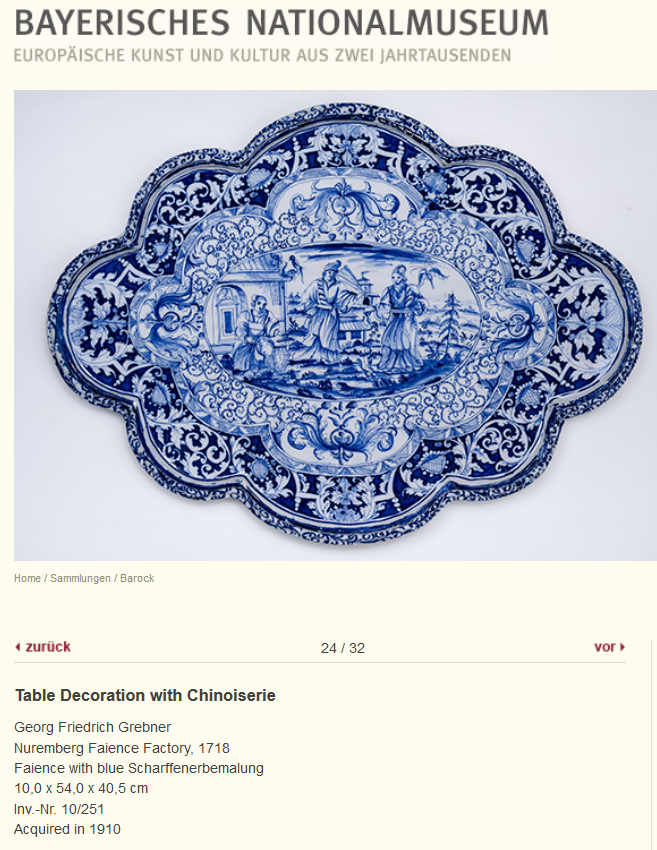
Link zur Online Datenbank des BNM: https://www.bayerisches-nationalmuseum.de/sammlung/00052737
Der 1718 datierte und von dem Fayencemaler Georg Friedrich Grebner signierte große achtpassige Tafelaufsatz mit einer von üppigen Rankenbordüren gerahmten Chinoiserieszene im Zentrum stammt aus der Frühzeit der Nürnberger Produktion.
Die fast ausschließlich verwendeten Blau-Weiß-Dekore der Geschirre lehnten sich zunächst stark an chinesische Porzellanmalerei an. Grebner, der spätestens seit 1718 bis zu seinem Weggang nach Bayreuth 1731 in der Nürnberger Manufaktur tätig war, zählt aufgrund seiner bemerkenswerten Dekorschöpfungen und der Qualität seiner Malereien zu den bedeutendsten Vertretern der deutschen Fayencekunst.
Weitere Hintergrundinformationen über Fayence Objekte aus dem Barock und Rokoko
finden Sie in der Datenbank des Museums unter nachfolgendem link:
(Die Datenbank ist noch im Aufbau befindlich)
Within a few years, four important faience factories were established in Franconia, belonging to the second generation of German factory foundations after Hanau, Frankfurt and Berlin: Ansbach in 1710, Nuremberg in 1712, Bayreuth in 1714 and Crailsheim around 1715. In Nuremberg, the three merchants Christoph Marx, Heinrich Gottfried Hemmon and Johann Conrad Romedi concluded the founding contract. The large eight-panel centrepiece, dated 1718 and signed by the faience painter Georg Friedrich Grebner, with a chinoiserie scene in the centre framed by lush vine borders, dates from the early period of Nuremberg production. The almost exclusively used blue and white decorations of the tableware initially inspired by Chinese porcelain painting. Grebner, who worked at the Nuremberg manufactory from 1718 at the latest until his departure for Bayreuth in 1731, is considered one of the most important representatives of German faience art because of his remarkable decorative creations and the quality of his paintings.
Objektdatenbank des Bayrischen Nationalmuseums
Beispiel aus der Datenbank
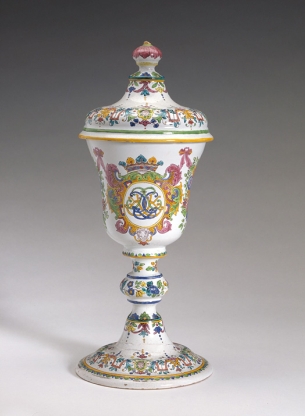
GOBLET WITH MONOGRAM AND COAT OF ARMS OF THE PROPRIETOR OF THE BAYREUTH FAIENCE FACTORY JOHANN GEORG KNÖLLER (1728-1744)
Deckelpokal mit Monogramm und Wappen des Pächters der Fayencemanufaktur Bayreuth Johann Georg Knöller (1728-1744). Wappen und Spiegelmonogramm aus den Initialen JGK auf der glockenförmigen Kuppa des Deckelpokals lassen sich auf den Kriegskommissarius Johann Georg Knöller beziehen, der im Jahr 1728 die von Markgraf Georg Wilhelm gegründete Fayencemanufaktur in Bayreuth pachtete. Unter Knöller blühte das Unternehmen rasch auf und es gelang, einige erstrangige Maler heranzuziehen. So ist seit 1731 der Nürnberger Fayencemaler Georg Friedrich Grebner in Bayreuth nachweisbar. Von ihm stammt der leuchtende Muffelfarbendekor des Pokals mit Blatt, Blüten-und Bandelwerkelementen.
Quelle: https://www.bayerisches-nationalmuseum.de/sammlung/00072429
